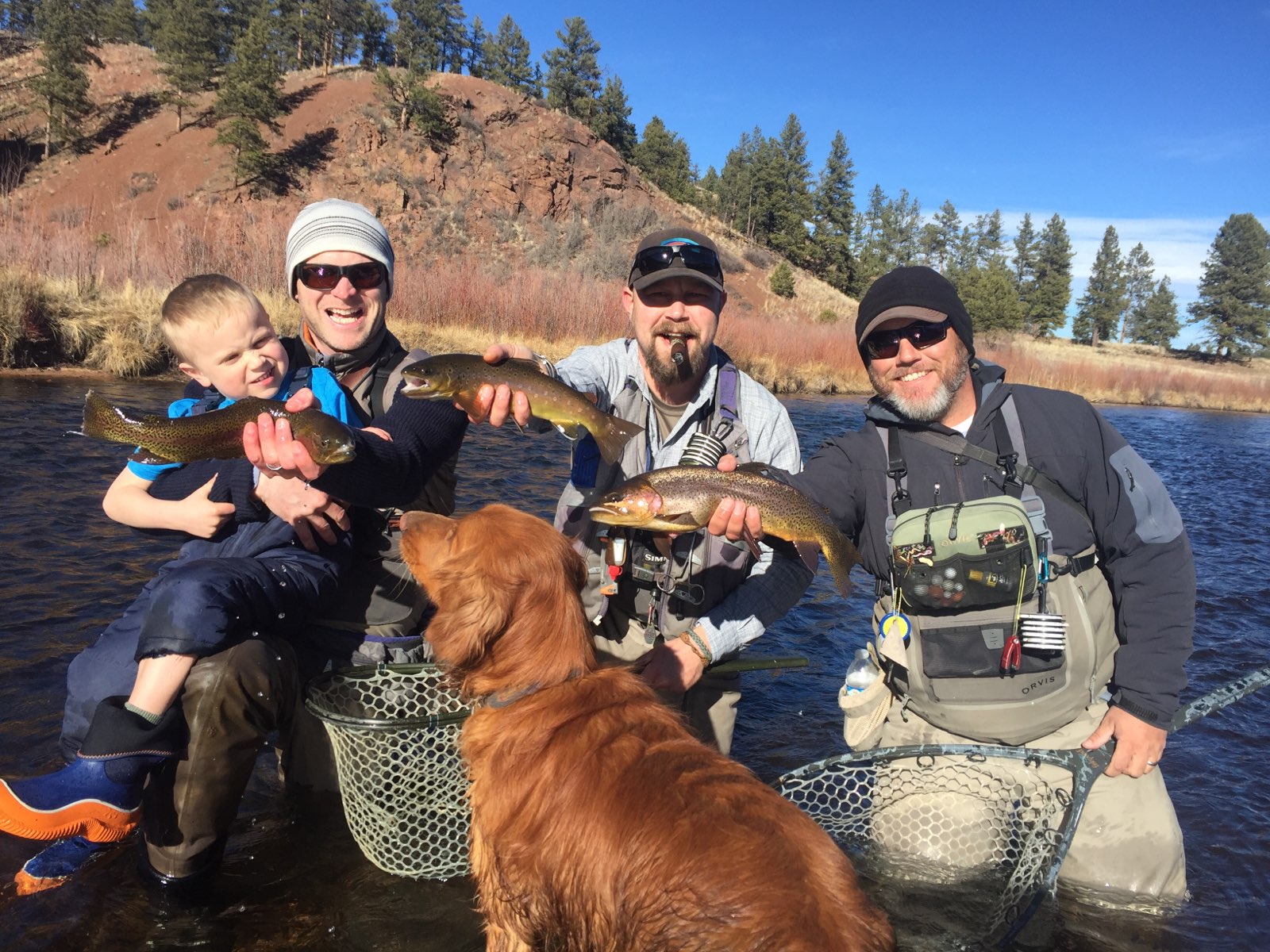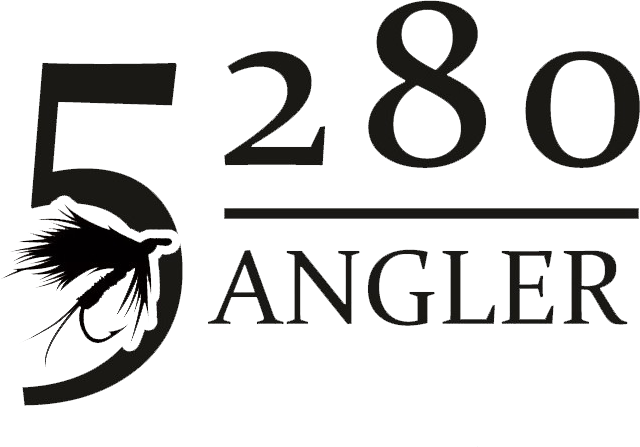
Our well-loved waters along Colorado’s Front Range continue to feel the impacts of fly fishing’s growth in popularity. Each of our individual experiences are also effected by increasing crowds, and the issues that go along with them, such as conflict, trash, and other negative environmental impacts. The term “combat fishing” refers to an every angler for him or her self, no-holds-barred, battle against one another, the river, and the finite number of fish available. The word “combat” brings to mind extreme images of angry anglers running to and fro in a mad rush to the trout, knifing in ahead of (“high-holing”), or behind (“low-holing”), one another without so much as a nod while leaving the shrapnel of frustration, litter, or even dead fish in their wake.
There must be an enlightened alternative.
The Colorado Ski Safety act includes a seven step code to help promote safety and respect on our increasingly crowded ski slopes. Although no such official code exists along our increasingly crowded trout waters, the complete angler should consider etiquette and responsibility an essential part of her or his river trip. The skier and boarder “Responsibility Code” is really “common sense” for veterans of the slopes. Similarly, etiquette has long been a cultural foundation in the fly fishing community. However, with the rapid growth in popularity of the sport, many new anglers haven’t had the benefit of learning the nuanced manners of angling, and, in many cases, simply aren’t aware such ethics exist. Given that each stretch of water and angling situation is different, suggesting any form of code for angling etiquette is a real challenge. The only fine lines are the state and local regulations, and all matters of ethics fall into the shades of grey. Still, as professional fly fishing guides, we are called to be stewards of the river and to set an example of etiquette for both our angling guests, as well as others along the river.
HERE IS AN “ANGLERS’ VERSION” OF THE SEVEN STEP CODE:
1. SAFETY FIRST.
No fish is worth wading unsafely. Know your wading limits, wear a wading belt, and take precaution. Eye protection and sun protection are also wise. When traveling behind others, let them know you’re back there to avoid being struck by a back cast or
errant hook set. Carry a first aid kit, and let someone know where you will be fishing.
2. LEAVE IT BETTER THAN YOU FOUND IT.
During 5280 Angler guided fishing trips, we pack out not only our own trash, but other trash we find and can carry out as well. Trout streams are beautiful places, and we can all work together to keep them that way.
Conservation is cool. We can leave a lasting legacy by trying our very best to “
Leave No Trace.”
3. RESPECT GETS RESPECT.
Give the right of way to the angler already on the water or in the parking area. The simple and friendly question, “Hi, which way are you working?” Or, “Hello, are you headed up or down?” establishes this right up front. Honor the fact that she or he was there first, and invite a quick and respectful conversation. Anglers are always very appreciative of this approach. My clients, who are often
fly fishing with me as part of a Colorado vacation, also appreciate this relaxed and anxiety-reducing method of communicating with other anglers on the river. They get enough stress on their commutes to and from work – the last thing they need is an angry moment to ruin a great fishing trip.
*Note: historically, the angler moving upstream has the right of way over the angler moving downstream. Consider your given situation, the provincial customs of that particular area, and, if in doubt, simply have the conversation.
4. KEEP EM WET.
The
#keepemwet movement has made teaching the fundamentals of ethical catch and release easy and straightforward. Protecting our resource while enjoying it is the responsibility of every catch and release angler. If I see an angler who hasn’t yet learned these things,
I offer polite and helpful suggestions in person, and suggest they check out the
Keep Em Wet website for more information. On this topic, “calling out” or otherwise shaming anglers on social media platforms is an absurd form of bullying, and it embarrasses the sport. None of us are perfect, and we’ve all mishandled fish at times during our angling journeys. Leading by example, trying our best to be ethical, and encouraging one another is the way forward.
5. MIND THE REDD.
5280 Angler was the founding partner in the creation of the
#MindTheRedd message. Spawning fish deserve our utmost respect. I teach clients to identify redds, to wade carefully to avoid crushing eggs, and to leave spawning fish be. Those trout are making the next generation of fish that we’ll all love to chase. For more on this topic, visit
mindtheredd.org.
6. SHARE THE WATER.
I am always very thorough when
working a riffle, run, or pool. I take my time and teach a methodical approach to dissecting the water in search of trout. However,
knowing when to move on, whether that’s because enough fish have been caught, it’s time for lunch, or simply because it’s another anglers turn, is a worthy consideration and a great way to enjoy the entire experience of fly fishing.
7. CONSIDER MORE THAN JUST THE FISH.
Among the many reasons I enjoy fishing with my son Tyler is that he knows when to stop and smell the roses. Sure, landing a stunning trout is an important part of a fishing trip, but so is taking time to sit on the bank and enjoy the wildlife, as well as the company of your fishing buddies.
COMBAT is not the solution to angling impact, nor angling crowds. Rather, some simple and conscientious steps toward stewardship are the pathways through which we can all enjoy the sport, conserve the resource, and kindly make room for one more angler.
Editor’s Notes:
-
We included a picture of a dog (below) for a reason. Please know your dog and the situation. Abide local restrictions.
-
We included a picture of a kid (below) for a reason. Take one fishing. You’ll be glad you did.
-
Thank you to anglers everywhere for buying your fishing licenses, habitat stamps, and abiding by state and local regulations. If you are a non-angling river-goer, such as a tuber, we encourage you to buy a Colorado Habitat Stamp (or your state’s equivalent alternative) to help support conservation.



